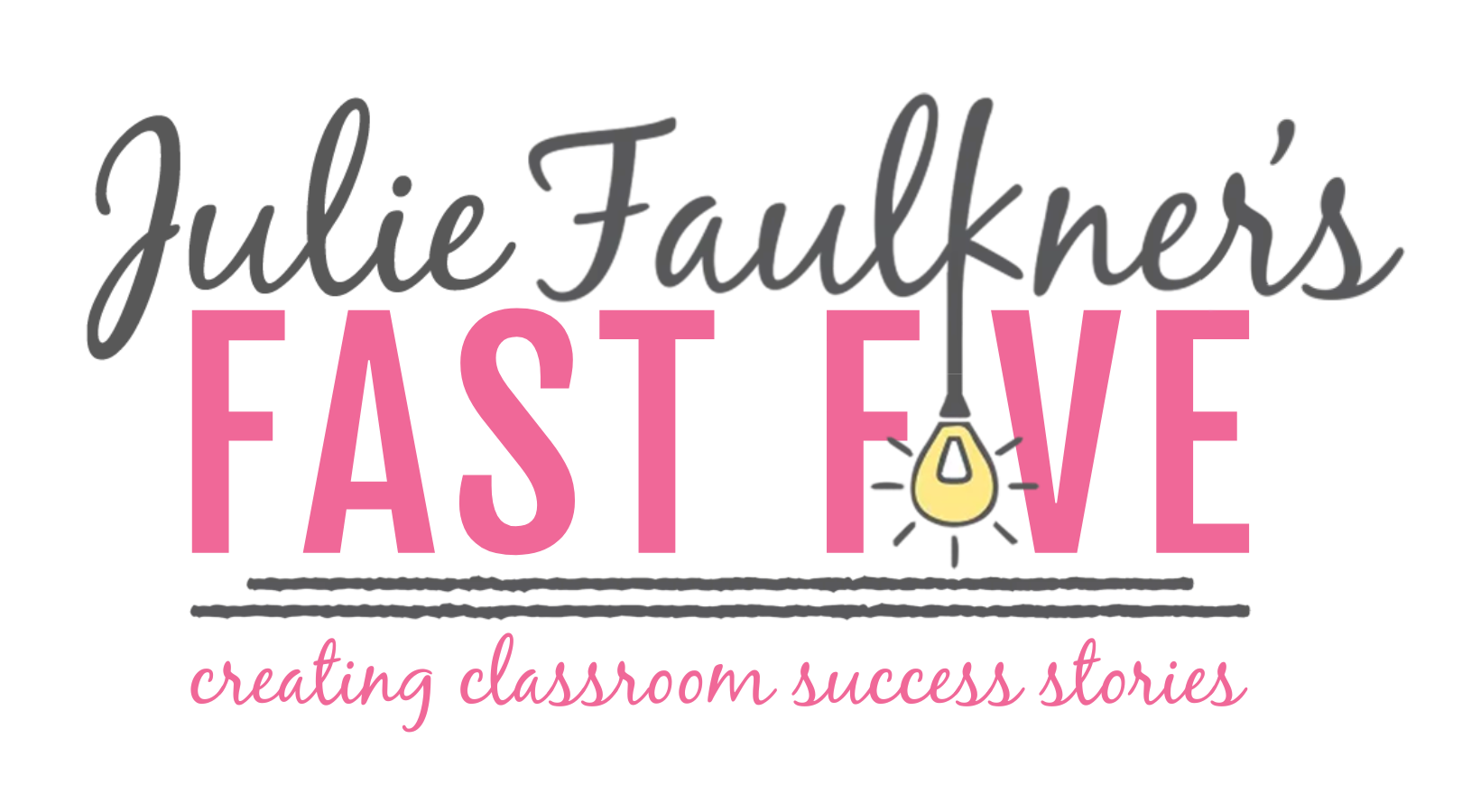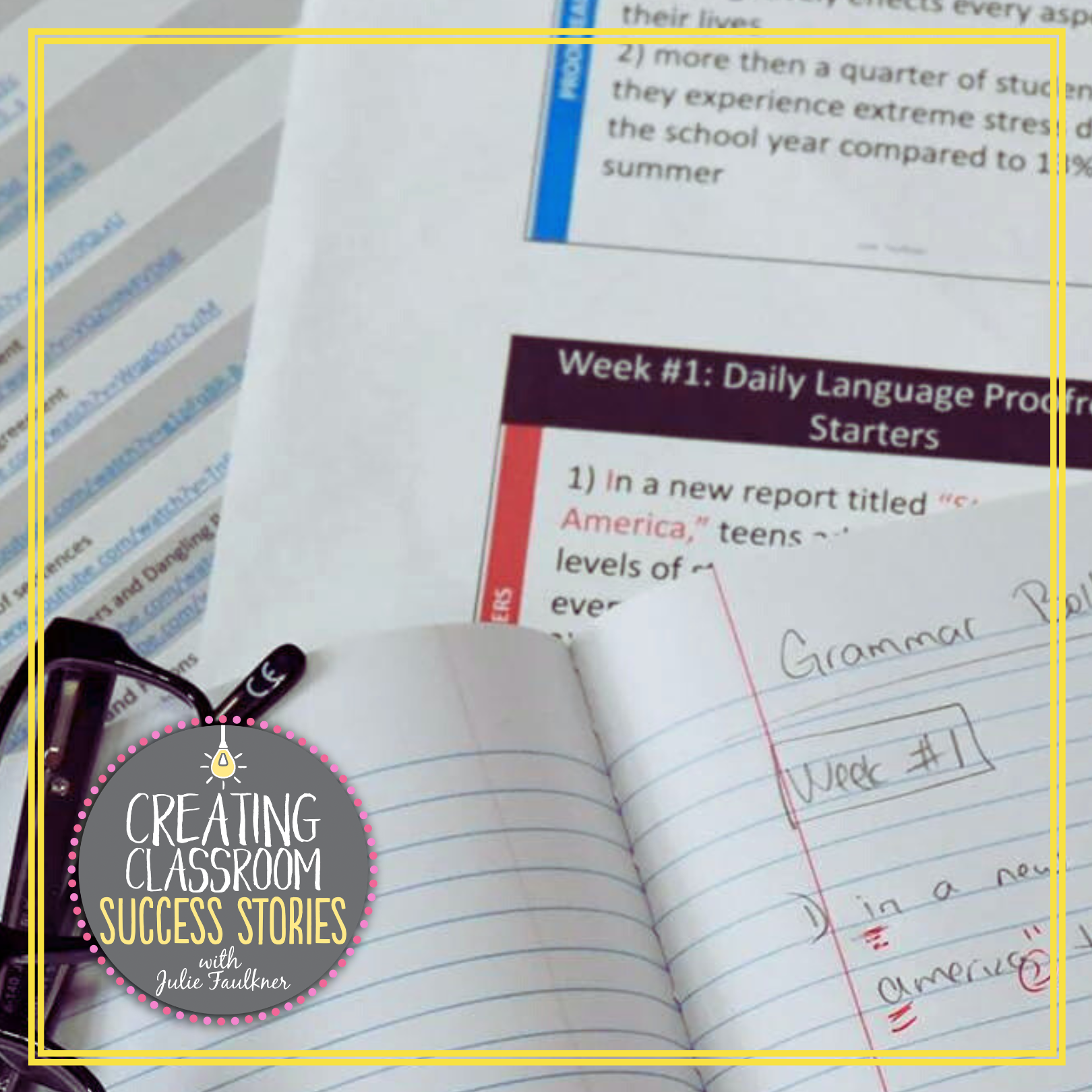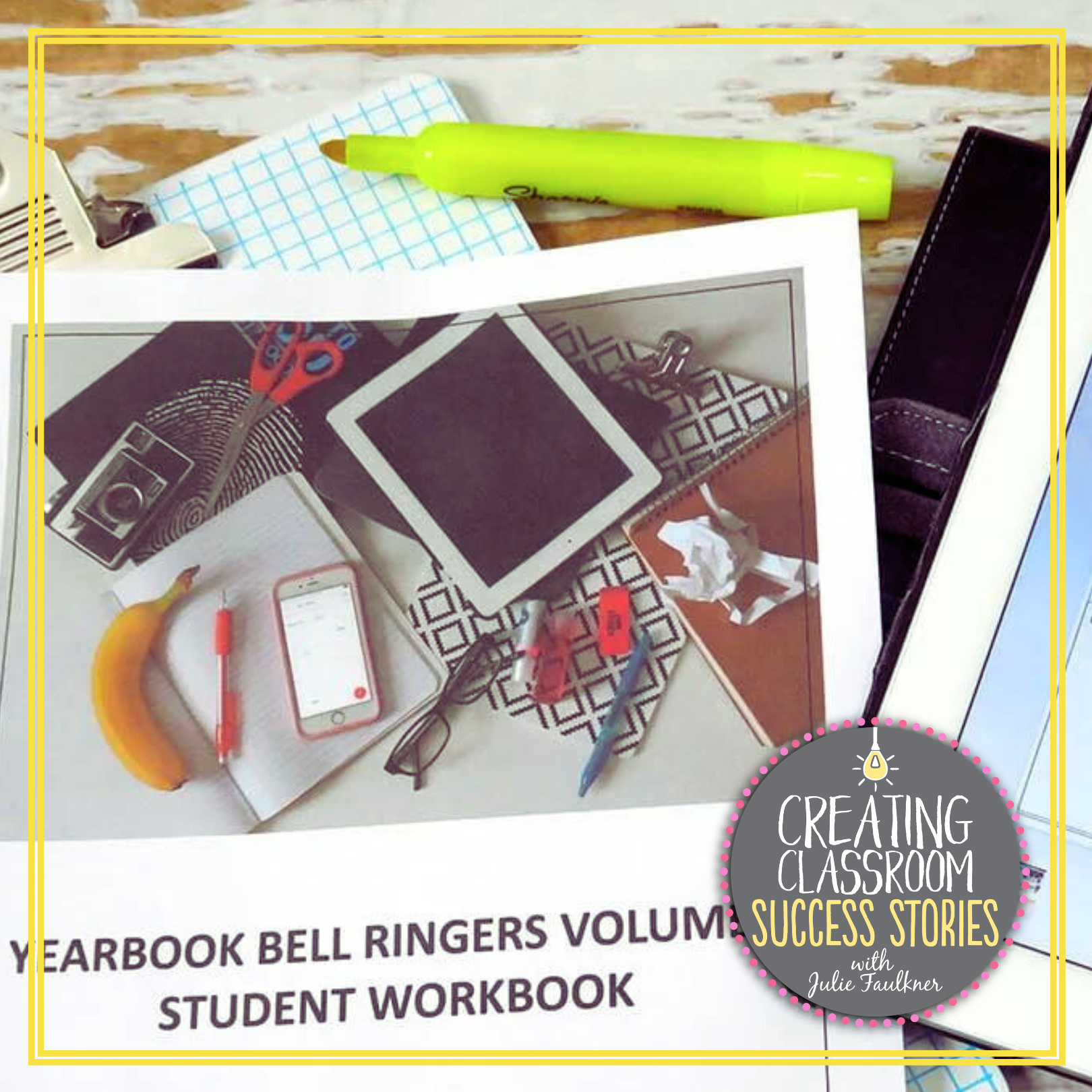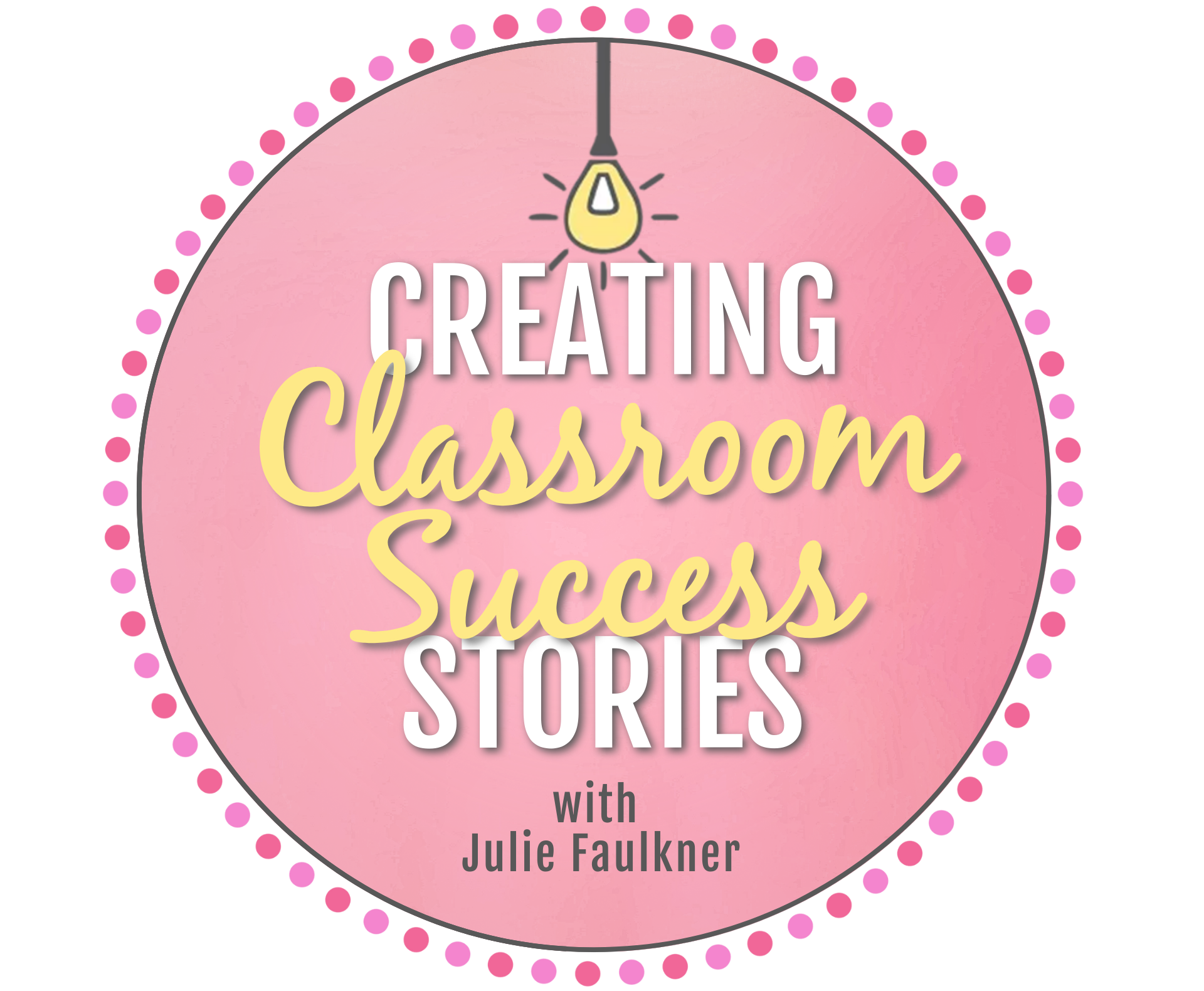Tips For New Yearbook Advisors
When I was asked/told I would be the yearbook adviser over ten years ago, I said what any good new hire would say: “Sure!” I had never been on the yearbook or newspaper staff before, and my degree wasn’t in journalism. I stepped into a situation where the previous adviser had left on bad terms, so the staffers hated me – that is an understatement. So, through much blood, sweet, and tears, I eventually learned everything the hard way and on my own – again, another understatement. Now, I am still learning, but along the way, I learned to love it. I have a supportive administration, faculty and community, good vibes from our student body, great publishing company, and an amazing yearbook rep. Hopefully, with that bit of good vibes going, I can share with you the things that have worked for me. So here we have the first five things that you need to do NOW if you are just starting out.
Deadlines and Ladder– Yearbook class is almost like a company. It operates with one foot in the school world and one foot in the business world. The first thing you need to do is sit down with your yearbook rep or company and find out when your deadlines are. Once I have those deadlines, I handle them a couple of ways. First, I make the ladder and set every page that needs to be created. Second, I NEVER give my students the drop-dead deadline. In fact, they get a couple of deadlines from me: a preliminary and a final. Often, there is one in between that one, too. I chunk my pages based on content and what I know we can get done first. For example, my business ads are always submitted on the first deadline, student portraits usually go next, and so on. Also, I give students at least two deadlines to work on a time – the closest one and the next one. In fact, my students are basically assigned every page/topic they will be completing for the year the first or second week of school! That way there are no surprises, and we can make our deadlines!
Budget – Again, this is something you will need to sit down and talk to your company rep about the first week of school or before. Once you know what the overall bill will be, you can work backwards to begin collecting money. We sell business advertisements and senior tribute advertisements to help lower the cost of the book for our students. I teach in a very rural school district, and I wanted as many students to have the opportunity to purchase a book as possible, so the ad sales help. It’s important to know the end goal up front, so you don’t overspend on book design extras, etc. My full yearbook curriculum has an entire teaching pack included for business sales, etc.
Equipment Organization and Photography – Whether you have a small staff or a large staff with a lot of equipment or a little, there has to be a system to keep up with everything so it’s all protected. My staff has several cameras, lens, etc. and each staff has a laptop as well. Before they can even use the equipment, they must sign a release form. My principal approved my form, and I hand it out on the first day. Next, I have system for check outs. Anything checked out must be signed out and signed back in. For the computers and other materials, each student has a bucket and a cubby. Last, one of the most important things you can do to protect images and keep them organized is to require each student to have his/her own memory card. In the past, I’ve supplied those cards and they get lost, stolen, broken, and/or erased. Once I started requiring staffers to have their own cards, those problems were almost nonexistent.
Teamwork and School Spirit – The dynamic of yearbook staff can be really tough for a couple of reasons: large personalities and the pressure of getting things done. I start on the first day building the concept of teamwork and collaboration. We do team-building activities, and we talk about what each person has to offer. We also take a look at our own struggles, so that we know everybody has room to grow and we can learn from each other. The other component of keeping a positive attitude going is making sure the student body feels connected and supported by us. Each of my staffer gets a list of students (I divide the entire student body up) that he/she keeps track of all year. They get to know the people on their list through projects I assign, and they make sure those people are being covered in an authentic way. I have several of these projects in my store, or you can let your students brainstorm some! Also, I always have a small gift for my staffers on the first day to let them know how much I appreciate them! Our theme this year is related to the idea of authenticity – so I went with Coke’s real thing slogan! Plus, my staffers know how much I love my real, RED coke!
Grading –
If your yearbook class is for credit, grading can be a sticky issue, so it must be consistent and formulated. My staffers get grades several ways: selling ads, selling my books, meeting deadlines, projects, and pages. I use rubrics to grade their pages with. Projects include photo challenges, interview challenges, presentations, etc. They also do grammar worksheets and sometimes we read info texts on hot topics and answer questions. All of these items can be found in my full yearbook curriculum that is ready to go for you.
In all, I realize there is a lot of turnover in the yearbook adviser world, and rightfully so. It’s not an easy job for many reasons: deadline stress, money worries, drama from staffers, un-supportive admin and/or faculty, nosy or apathetic community members, subpar publishing companies, and the list goes on and on. So, if you are a new or newish yearbook adviser, I hope I can share something from my struggles along the way that can help you. If you have a little bit of extra time, stop over by my FB page and watch my webinar on “Getting Started as a Yearbook Adviser.”
So…..my #1 tip for new yearbook advisers? Eat the elephant one bite at a time. You can’t change the world — or a yearbook program — in a day! Be sure to stop over to my other post: Kicking Off Back-to-School in Yearbook Class for some other fun tips!
Love this content?
Sign up for my email newsletter with more tips, ideas, success stories, and freebies!


















